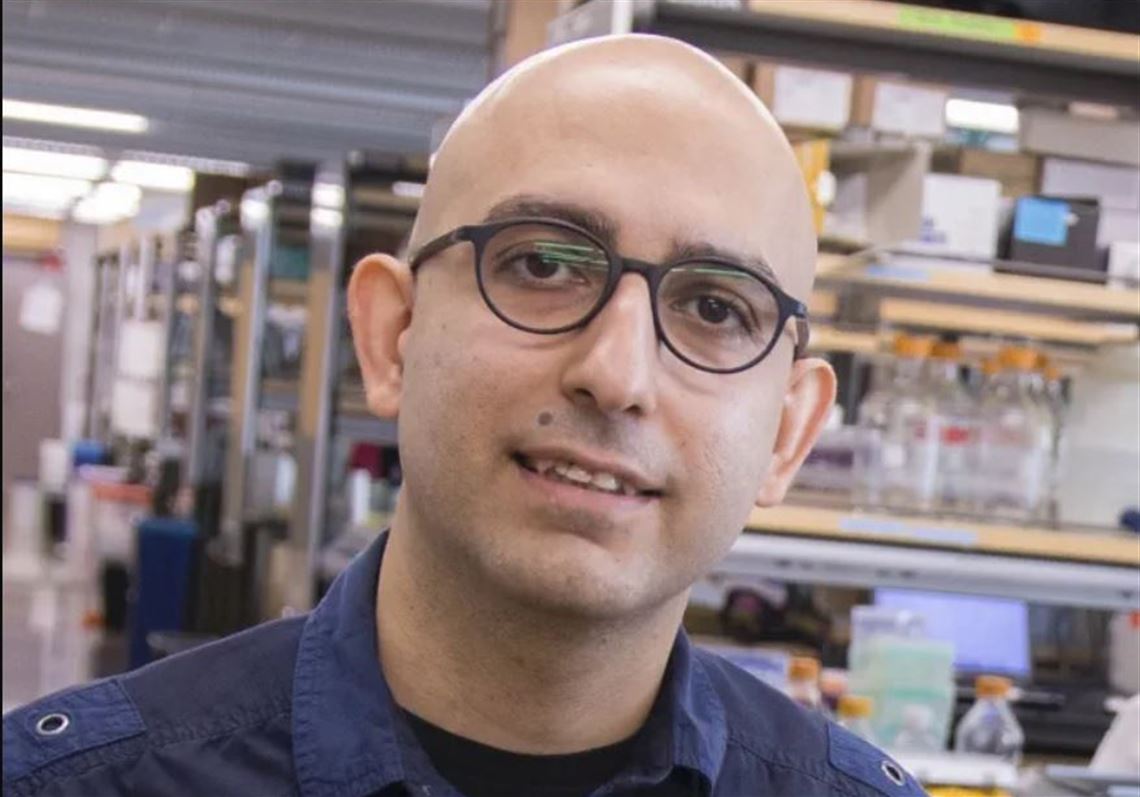Tiny lab-grown livers, with blood- and bile-carrying systems, have shown promising results when transplanted into mice with failing livers, and scientists at the University of Pittsburgh School of Medicine are hoping that an algorithm used to engineer the “organoids” can be applied to future organ research.
The “machine learning” method is “a new way that can help us to build better tissues, to make more mature tissues. The good part of it is that we are just testing that in the liver, but it is not limited to that,” said Dr. Mo Ebrahimkhani, lead author of the study published Monday in Cell Systems.
“What does it mean to be a liver? What does it mean to be a brain? [The] computational algorithm compare tissues with the final organ,” said Dr. Ebrahimkhani, an associate professor of pathology at Pitt. “What is the path, what are the specific genes that are missing, turn them on and off and program your tissue.”
Dr. Ebrahimkhani worked with Johns Hopkins University’s Patrick Cahan, Ph.D., to reverse engineer the genes necessary for a mature liver. Then, together with Pitt Medical School’s Dr. Samira Kiani, the team applied the techniques — including CRISPR gene editing — to grow a mass of immature liver cells, derived from human stem cells, into a maturing sheet of tissue that began to develop a vascular system and rudimentary bile ducts.
“Other cell types also developed. So it looks like these multiple cell type tissues have a way to talk to each other,” Dr. Ebrahimkhani said.
Four cell types and vasculature developed in 17 days, Dr. Ebrahimkhani said.
When transplanted into mice with damaged livers, the “organoids successfully integrated into the animals’ bodies and continued to work — producing human proteins that showed up in the animals’ blood and prolonging the animals’ lives,” according to a press release from Pitt’s School of Medicine.
Dr. Ebrahimkhani said the computer-assisted genetic engineering could advance organ research, including applications in drug discovery, disease modeling and transplants.
“Our reference was a nature-designed human liver, but you can go after any design you like. For instance, you can make a genetic switch that protects the tissue from a virus, target the DNA of the virus and destroy it,” Dr. Ebrahimkhani said. “That sets this method apart.”
Ashley Murray: amurray@post-gazette.com
First Published: December 7, 2020, 4:01 p.m.
Updated: December 7, 2020, 4:01 p.m.
















